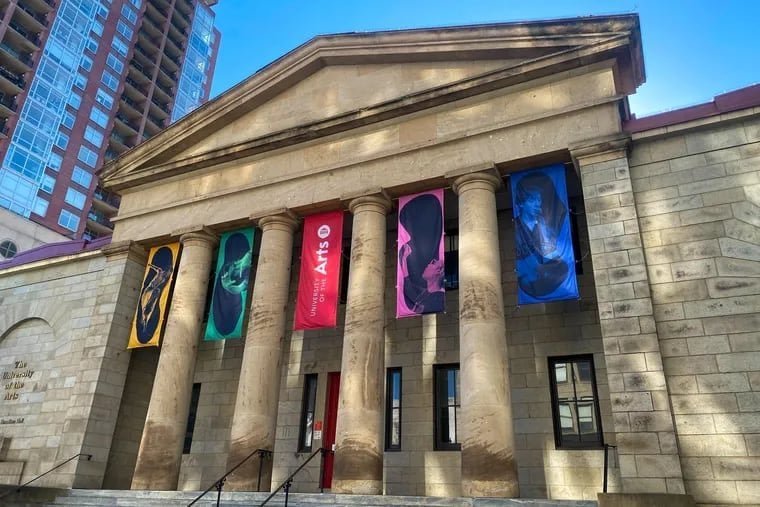A Curtain Falls: The Sudden Causes of The University of the Arts closing
University of the arts closing, The Philadelphia arts community is in mourning. On May 31, 2024, the University of the Arts (UArts), a prestigious institution nurturing artistic talents for over 140 years, announced its heartbreaking closure. This sudden decision leaves a legacy of questions and a void in the city’s vibrant arts scene.
The news came as a shock to students, faculty, and alumni alike. The university attributed the closure to a confluence of factors, including declining enrollment, financial strain, and the loss of accreditation from the Middle States Commission on Higher Education (MSCHE).
A Legacy of Artistic Excellence
UArts had a rich history, fostering the USA careers of countless artists, actors, musicians, and filmmakers. Its alumni list boasts renowned figures like actress Marian Seldes, jazz saxophonist John Coltrane, and choreographer Bill T. Jones. The university provided a nurturing environment where students honed their artistic skills under the guidance of experienced faculty.

UArts’ impact extended beyond its walls. The institution played a vital role in the cultural fabric of Philadelphia. Its galleries showcased emerging artists, its theaters delivered captivating performances, and its music schools filled the city with the sounds of creative expression.
A Perfect Storm of Challenges
The path leading to UArts’ closure was paved with financial difficulties. Like many art schools, UArts faced declining enrollment in recent years. This, coupled with rising operational costs, created a growing financial burden.
Adding to the woes was the loss of accreditation. MSCHE cited the university’s failure to properly plan for closure and its violation of accreditation standards as reasons for withdrawal. This move further eroded UArts’ credibility and ability to attract students.
A Scramble for Solutions
The closure announcement triggered chaos for students scrambling to complete their degrees. The university, however, attempted to mitigate the impact through “teach-out” partnerships with other institutions like Temple University and Drexel University. These partnerships allow UArts students to seamlessly transfer credits and hopefully complete their studies elsewhere.
Faculty and staff faced an uncertain future as well. With the university shutting down, hundreds of jobs were lost. The creative community of Philadelphia now grapples with the talent drain and the ripple effect it will have on the local arts scene.
The Fallout and the Future
The closure of UArts raises critical questions about the future of art education in America. Are art schools, with their inherently specialized programs, sustainable in a climate of rising costs and declining enrollments? Can they adapt to a changing educational landscape that increasingly prioritizes technical skills?
Moreover, the UArts closure serves as a stark reminder of the challenges faced by smaller, private institutions. Without robust financial resources and a strong student base, these institutions are vulnerable to economic downturns and accreditation issues.
A City in Mourning
The loss of UArts is a significant blow to Philadelphia’s artistic identity. The university played a pivotal role in nurturing local talent and fostering a vibrant creative scene. Its absence leaves a void that will be difficult to fill.
However, the artistic spirit of Philadelphia is resilient. The city boasts a network of independent art schools, galleries, and performance spaces that will continue to carry the torch.
The hope remains that UArts’ legacy will inspire a new generation of artists classical USA JOBS and institutions dedicated to keeping the flame of artistic expression burning bright. The future of art education in America may lie in innovative models that combine artistic development with practical skills, ensuring both artistic expression and career sustainability.
This closure serves as a wake-up call for the artistic community and educational institutions. It’s a time to re-evaluate priorities, find creative solutions, and ensure that the arts continue to flourish despite the challenges.
Read more:
top 100 staffing companies in usa
More Corp to corp hotlist
Join linkedin 48000+ US Active recruiters Network
Join No.1 Telegram channel for daily US JOBS and Updated HOTLIST
